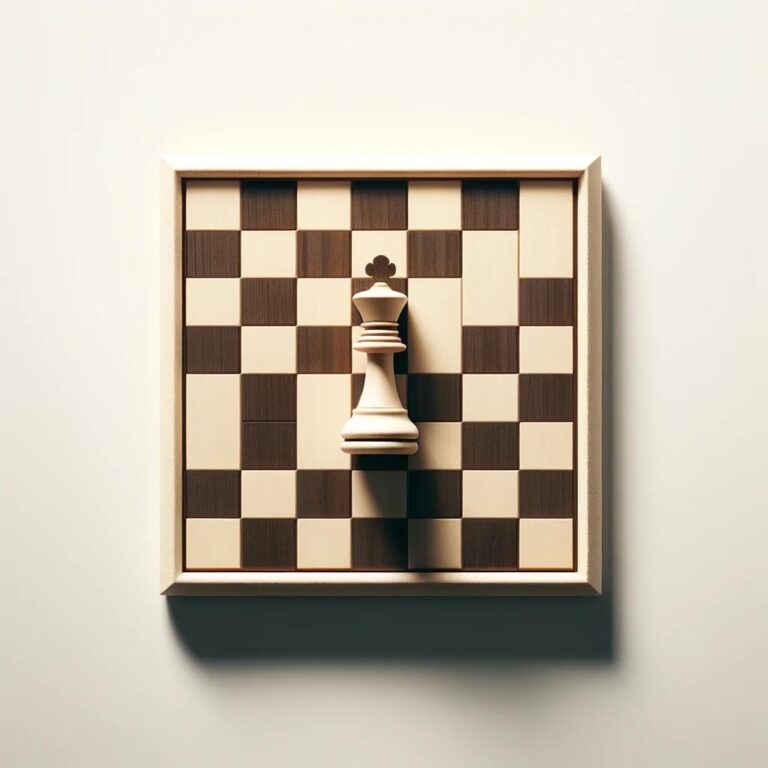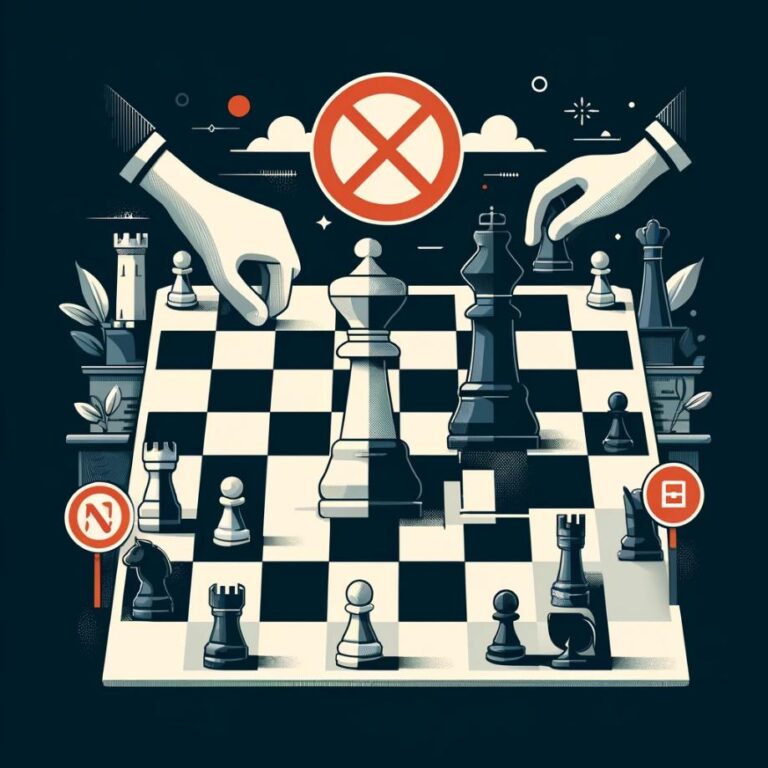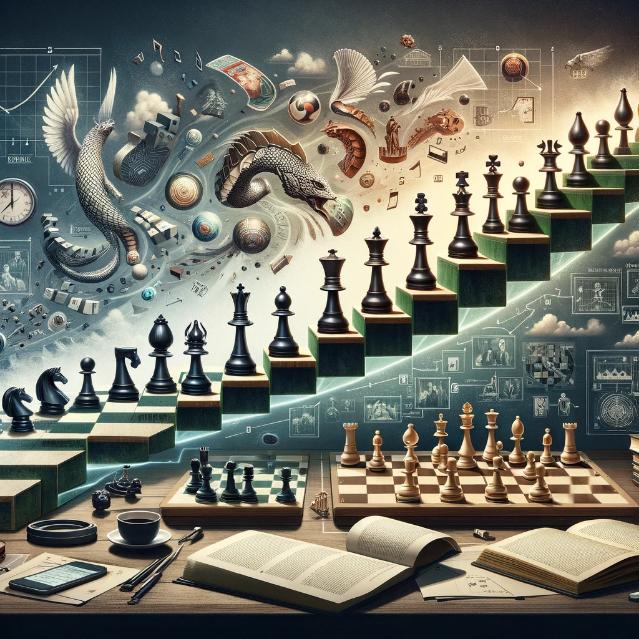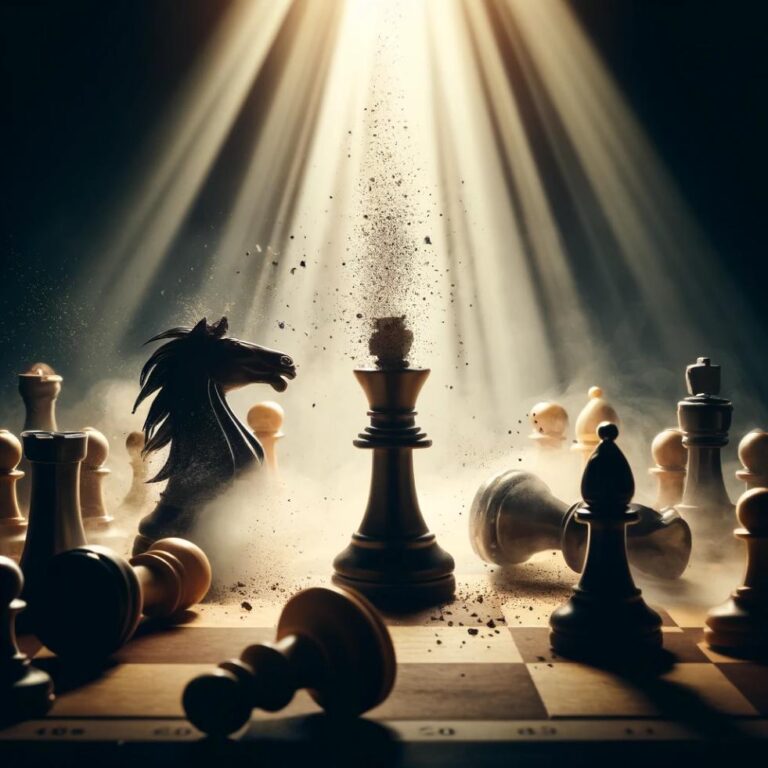Chess, a game revered for its complex strategy and profound depth, has fascinated players and spectators for centuries. Its origins, shrouded in mystery and steeped in history, trace back to ancient times, making it one of the oldest known board games still played today. This article explores the age of chess, delving into its early beginnings, historical evolution, and the enduring legacy that continues to captivate millions around the globe.
The Origins of Chess
The consensus among historians is that chess originated in the 6th century AD, in the Gupta Empire of India. Originally known as “Chaturanga,” it was a strategic board game that mirrored the contemporary methods of warfare, with pieces representing different military units. Chaturanga is Sanskrit for “four divisions,” referring to the infantry, cavalry, elephantry, and chariotry—the four branches of the army at the time.
The Spread of Chess
From its birthplace in India, chess began its journey across the world. By the 7th century, it had made its way to Persia, where it became known as “Shatranj.” The Muslim conquest of Persia saw the game’s introduction to the Islamic world, from where it spread to Southern Europe through trade routes and conquests.
During the Middle Ages, chess underwent significant transformations in Europe. The game’s rules evolved to resemble modern chess, with the introduction of the queen and bishop’s powerful moves being the most notable changes. This period also saw chess becoming a part of noble culture, often used as a tool to teach war strategy and courtly behavior.
Chess Through the Ages
As centuries passed, chess continued to evolve, both in terms of its rules and its cultural significance. The 15th century marked the beginning of modern chess, with the standardization of rules and the game’s spread becoming more widespread. The 19th century saw the establishment of chess clubs, competitive tournaments, and the formulation of the first official chess championship, solidifying its status as a global sport.
The 20th century introduced technological advancements that transformed how chess was played and studied. Computers and databases allowed for the analysis of games with unprecedented depth, leading to a significant increase in the game’s complexity and the skill level of players. The introduction of computer chess and online gaming platforms in the late 20th and early 21st centuries made chess more accessible than ever before, enabling players from all over the world to compete and learn from each other.
Chess’s Enduring Legacy
Today, chess is recognized as a sport by the International Olympic Committee and is played by millions of people, from casual enthusiasts to professional grandmasters. Its timeless appeal lies in the infinite possibilities it offers, with each game being a new puzzle to solve, making it a perpetual source of intellectual challenge and enjoyment.
The game’s ancient origins and its journey through history reflect the changing tides of global civilizations, wars, and cultural exchanges. Despite its age, chess remains a dynamic and evolving game, with new strategies, theories, and champions emerging regularly. Its history is not just a testament to the game’s enduring popularity but also to its ability to adapt and thrive in changing times.
Conclusion
So, how old is the game of chess? Approximately 1,500 years, give or take a century. But its exact age is less important than the impact it has had on the world. Chess is more than just a game; it is a cultural and intellectual heritage that spans continents and epochs, connecting people across the boundaries of time and geography. As we continue to play and celebrate chess, we are not only partaking in an ancient tradition but also contributing to the rich, ongoing history of this fascinating game.







